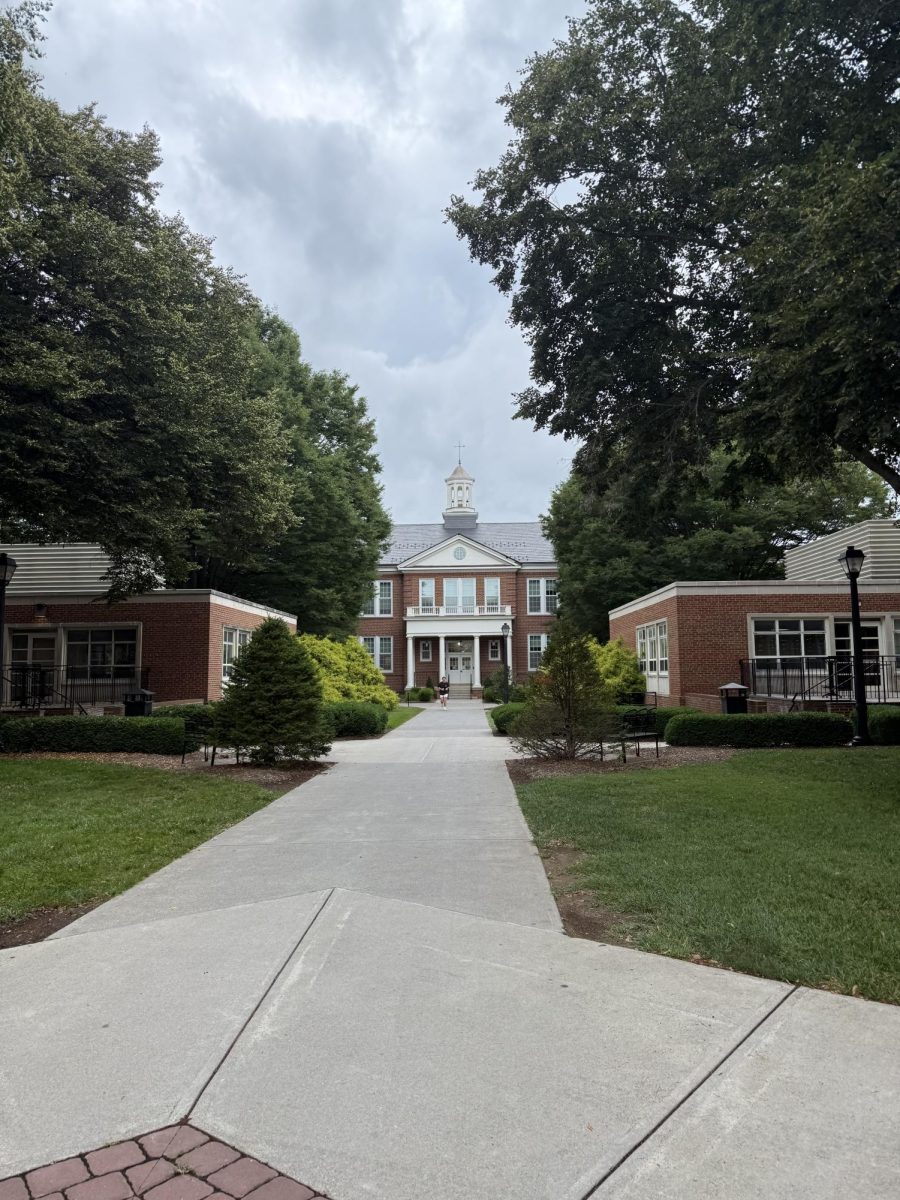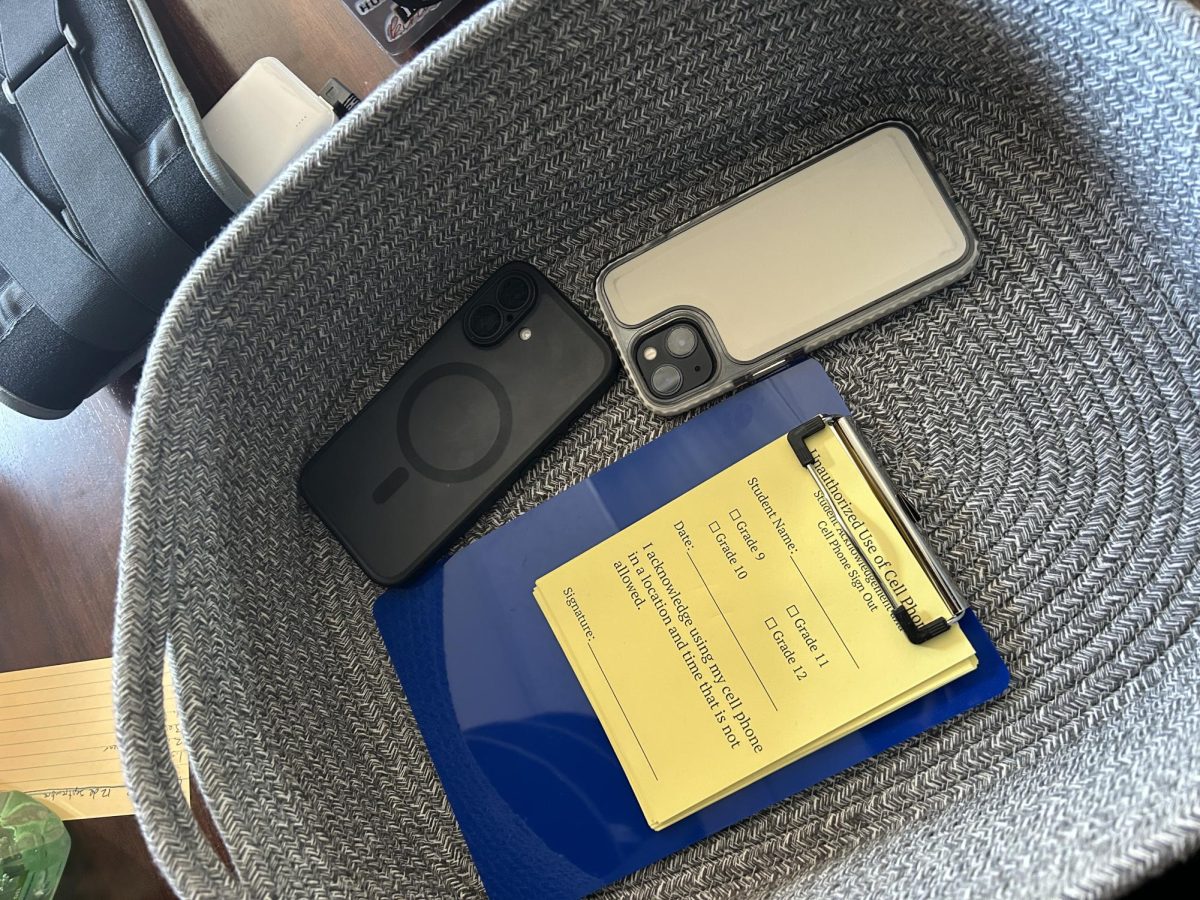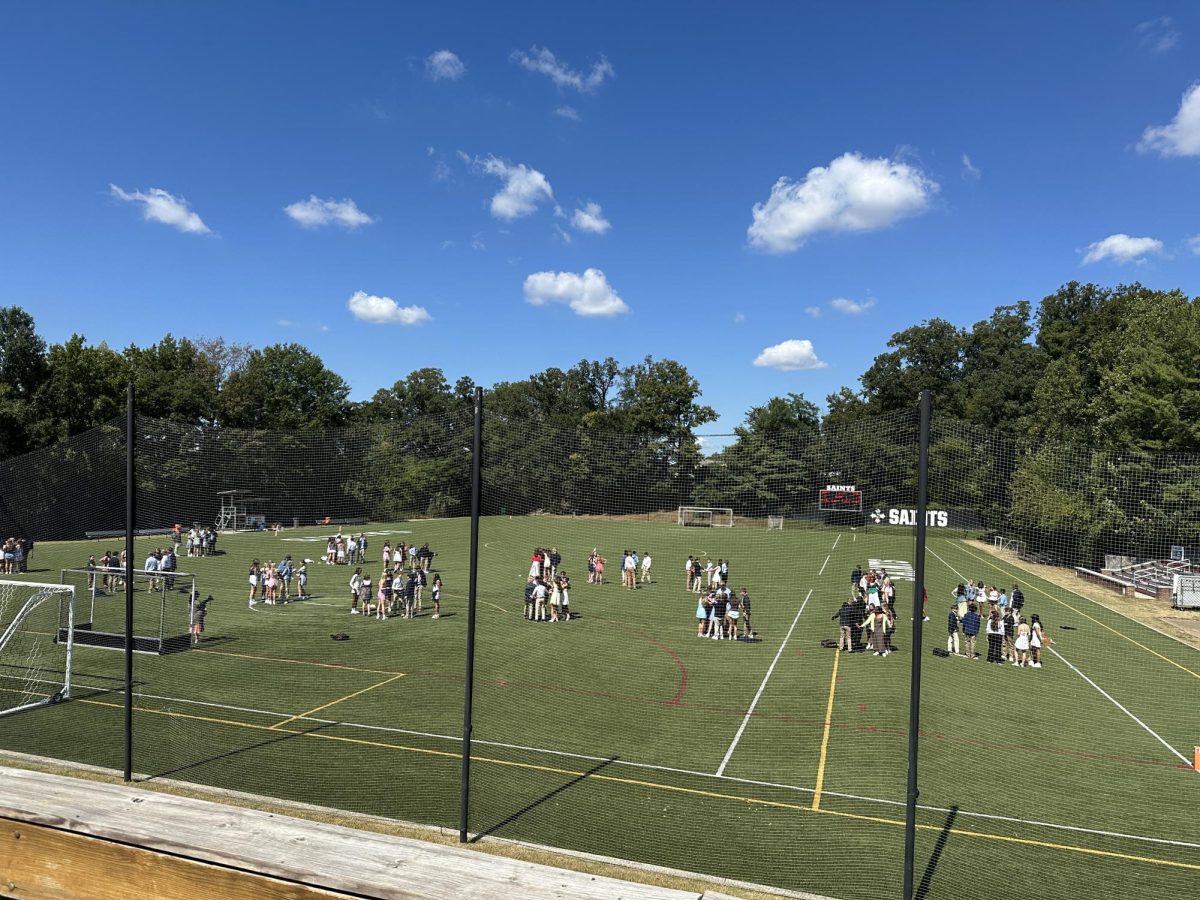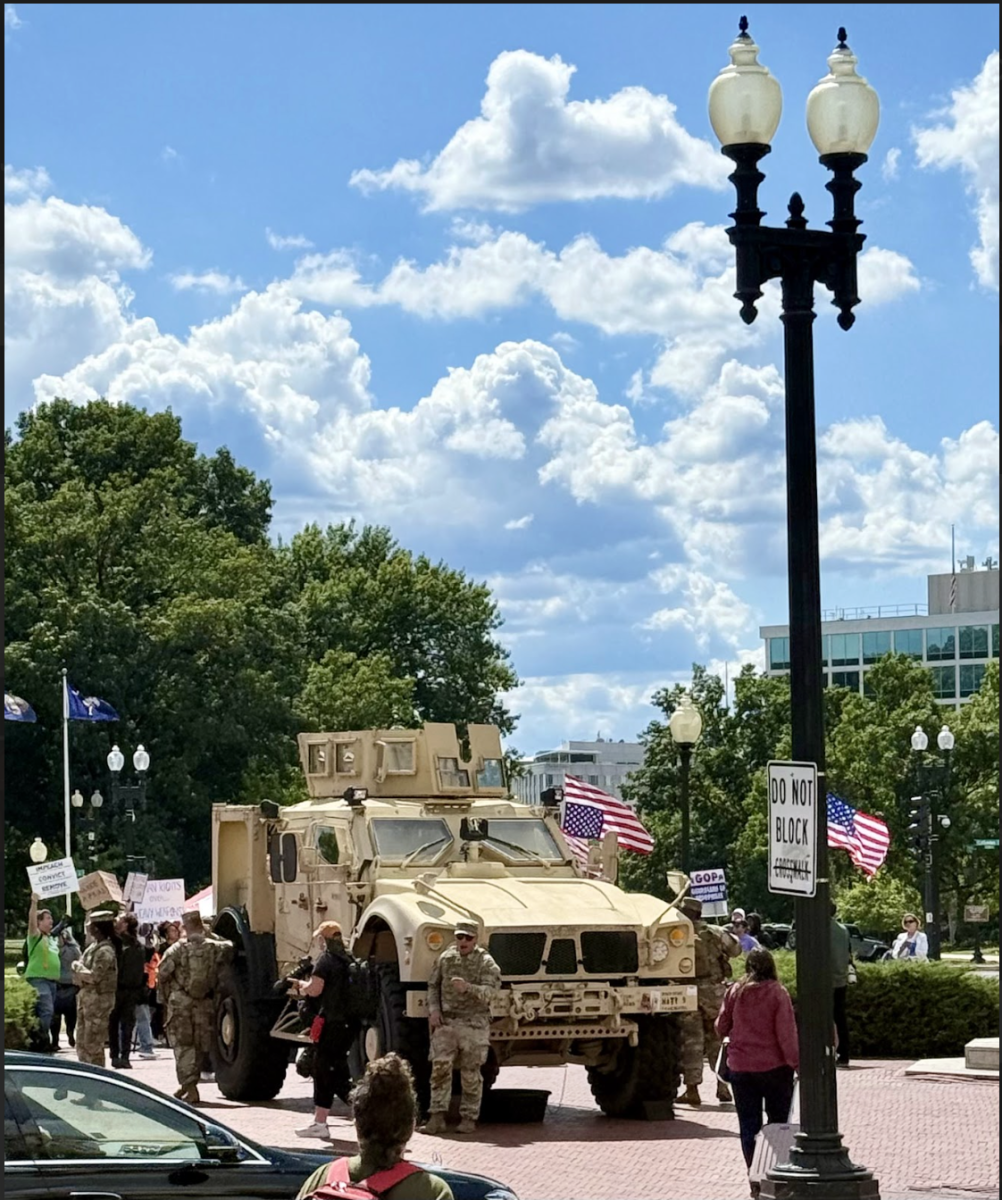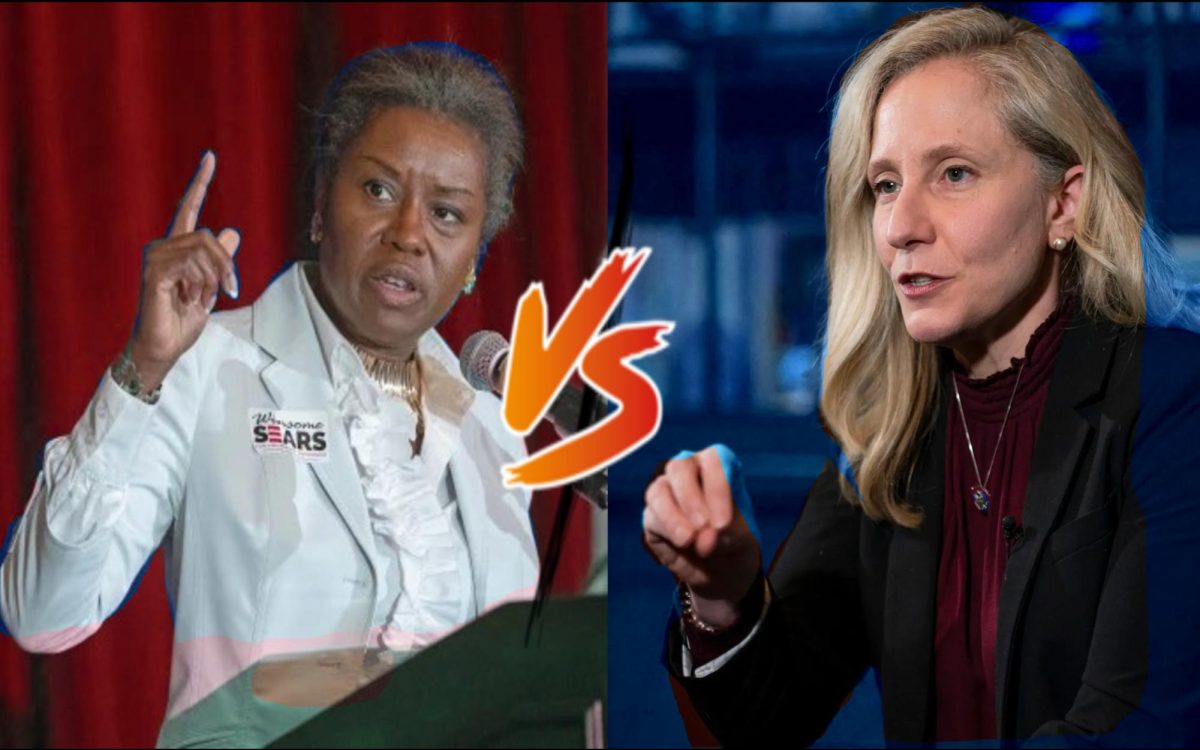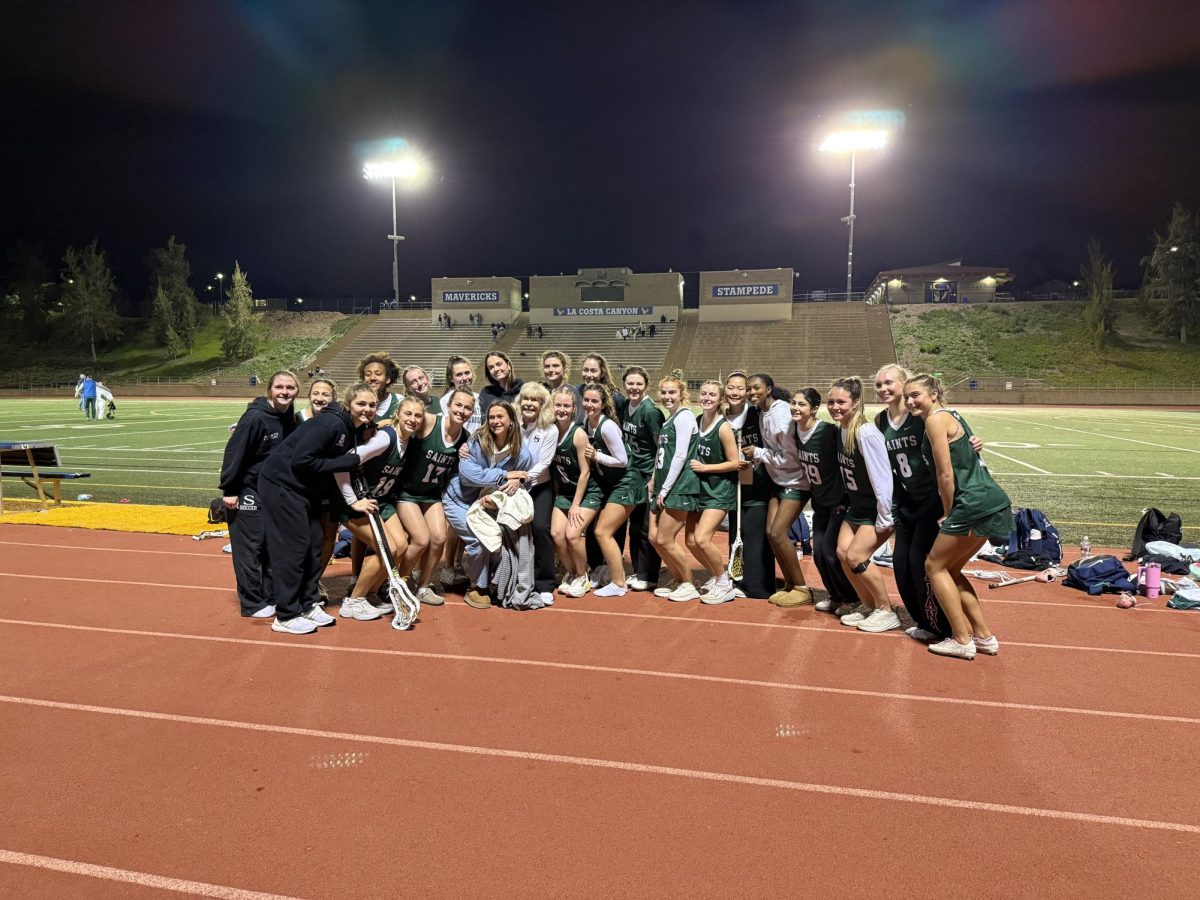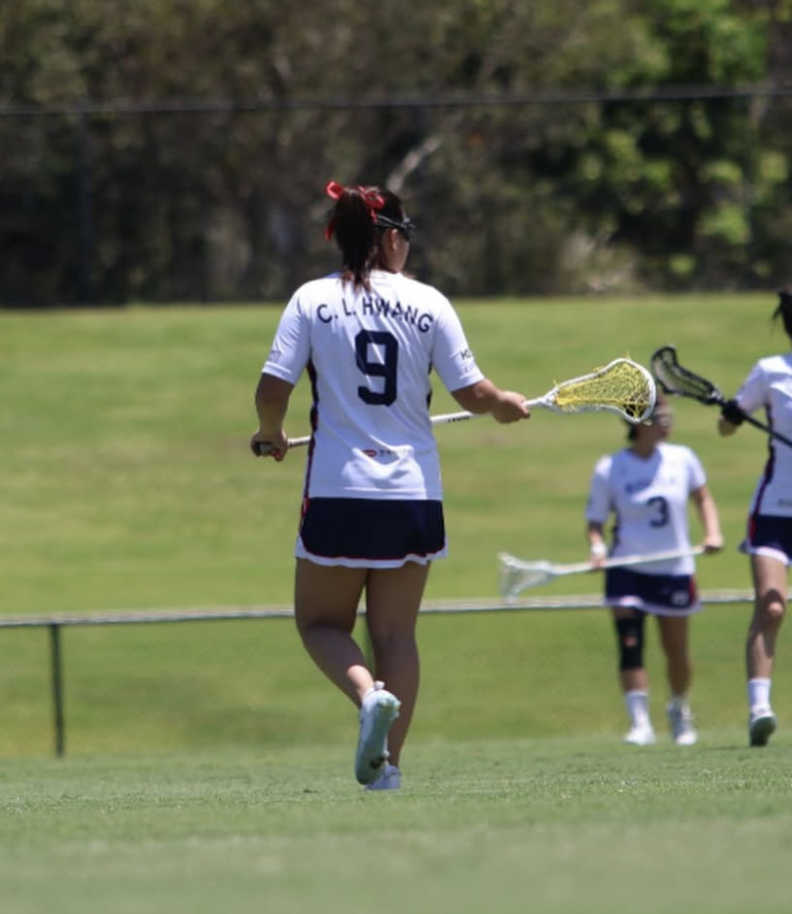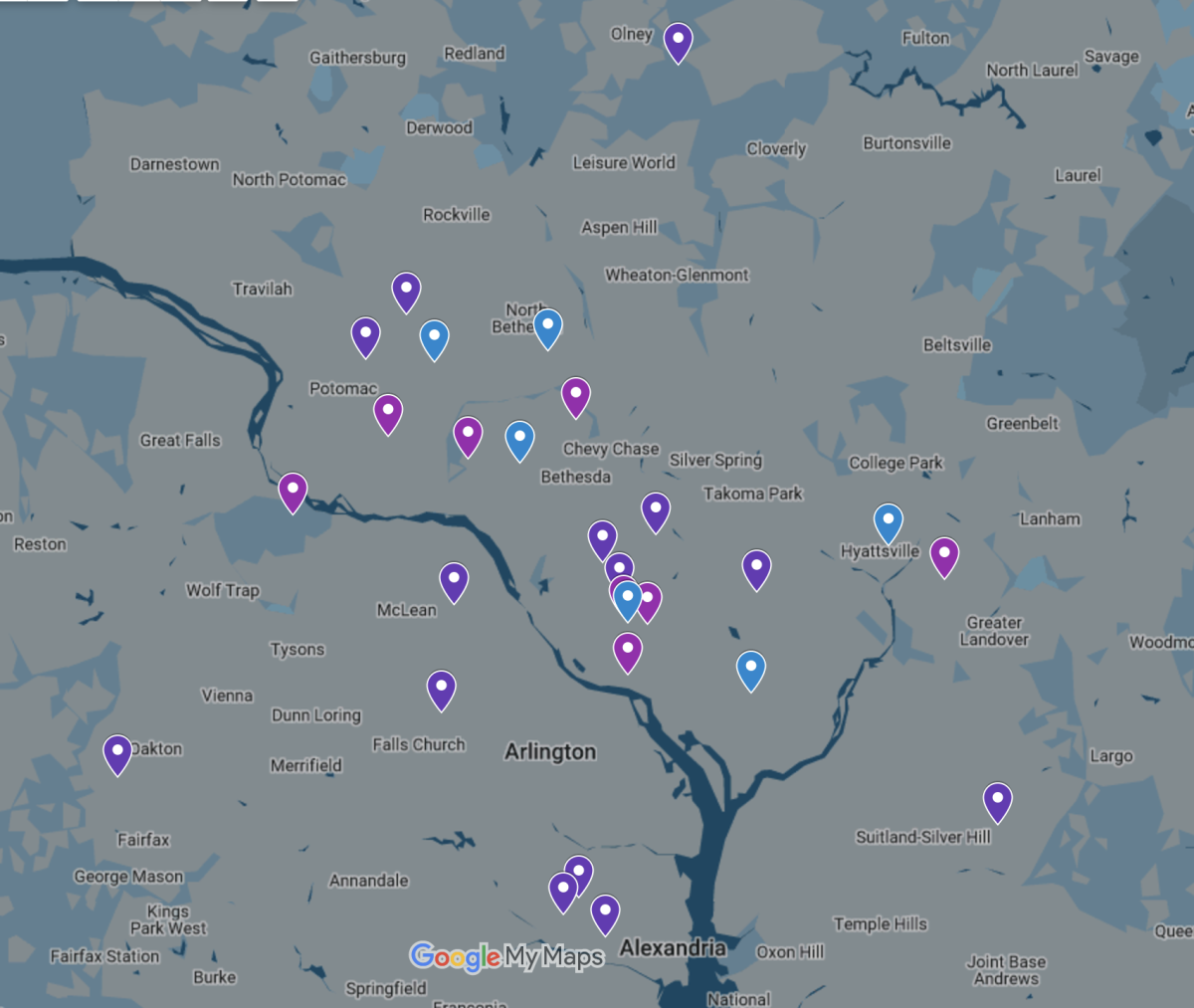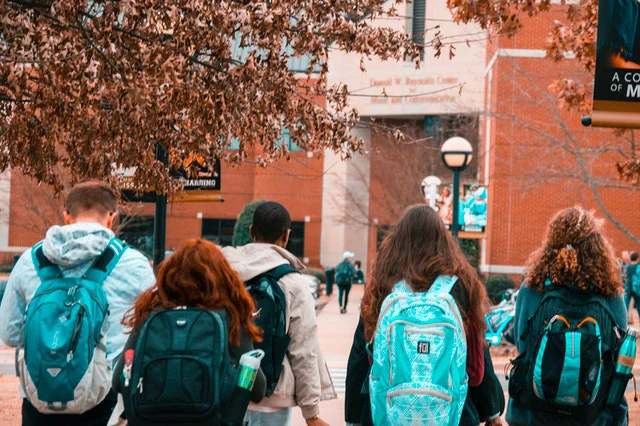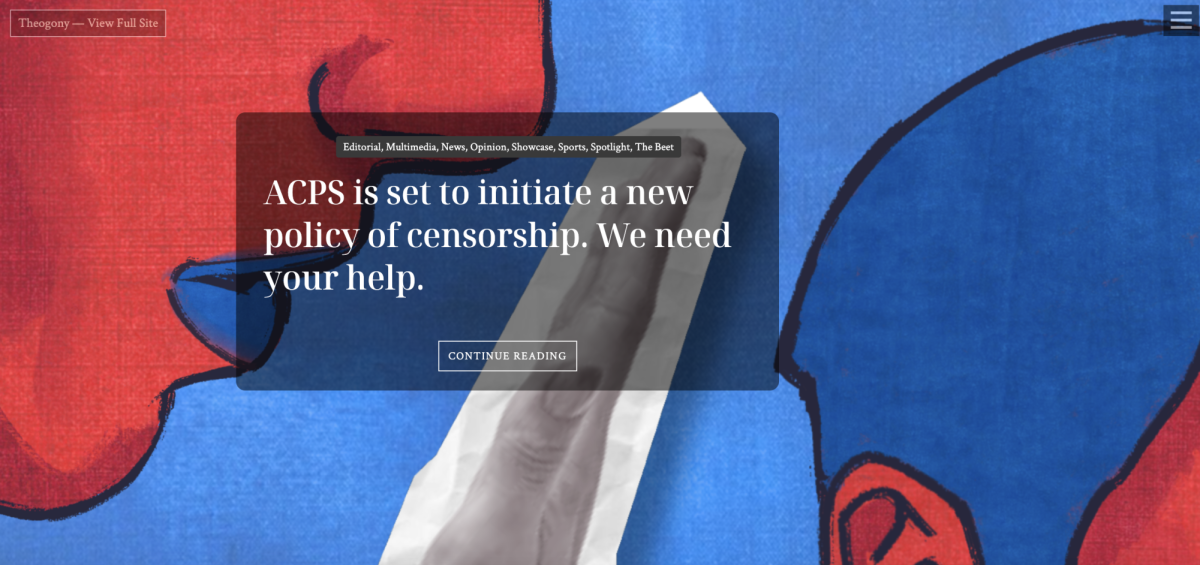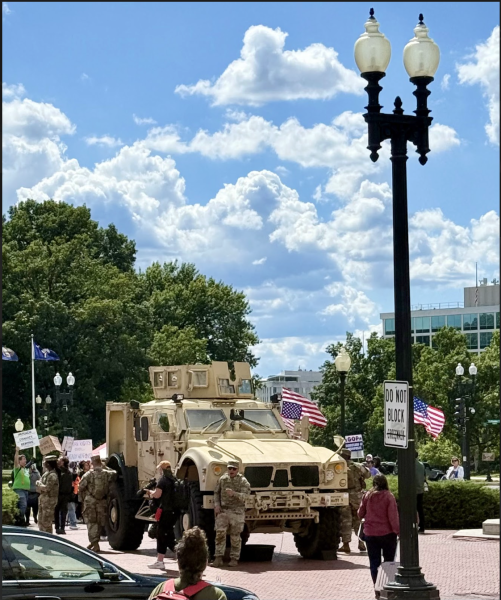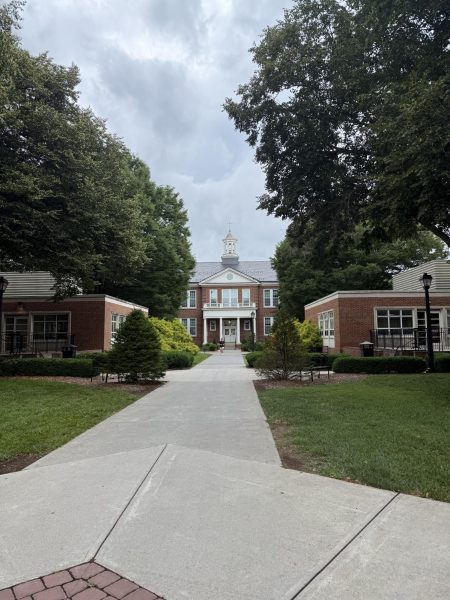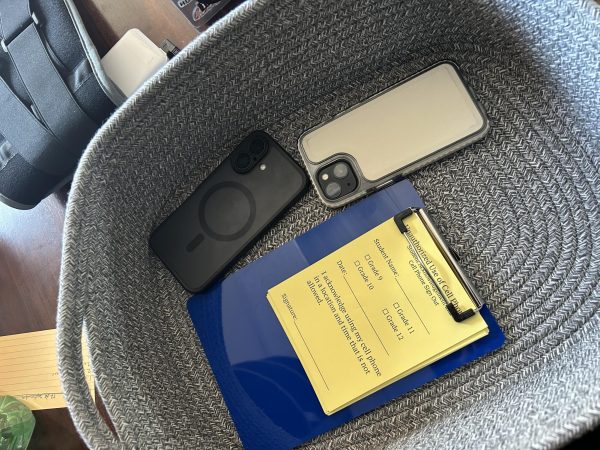DEI(B?): A Work in Progress
As we head into our second year of DEIB Advisory meetings, student feedback is more passionate than ever. Excitement has been building as most students are now able to choose the topic of discussion, but frustrations are also expressed as some find the meetings tedious or even harmful. A conversation with various students and the Associate Director of Institutional Equity and Diversity, Mr. Wenger, revealed that there is room for serious improvement in the program, and the administration is aware of the struggles of sometimes-stilted lectures that some advisories face every week. But what is being done about it?
When asked about what kind of feedback he has most commonly received, Mr. Wenger explained, “The most common criticism I’ve heard of the program has to do with teachers…Often, the criticism is that all they do is just throw the PowerPoint up and just read through the slides. And I think that’s a fair criticism that it feels like just bad teaching.”
It is no surprise that the teachers are the biggest complaint; feedback continuously reveals that student-led advisories are often the most comfortable and productive. How fair is it, though, to put the responsibility of facilitating very serious and relevant topics on teachers when this is not what they specialize in? In Mr. Wenger’s words, “It shouldn’t be teaching at all; it should be a chance for everybody to learn together. We’ve been working with teachers for years now, about how to be facilitators, not teachers…like how can you keep the conversation going, rather than control the conversation? It’s a hard shift, I think, for teachers to go from teacher to facilitator.”
It is clear that this is not an easy task for the teachers of St. Stephen’s and St. Agnes. According to student feedback, there is a lot of room for improvement, especially with the teachers. Senior Turner More expressed, “The issue with DEIB is that there are no real opinions being expressed. Students are led through meaningless discussions that lead to nothing. Without true debate, students cannot reach a new understanding.” Mr. Wenger has an interesting counterpoint to this: “That’s actually a positive in the sense that there’s a chance for real conversation or community building to happen in that space, where the adults aren’t in a position of authority and power, but actually part of the group.”
In addition to problems with faculty leading the DEIB meetings, students struggle just as much, if not more, with having healthy conversations about sensitive topics. Junior August Moon claimed, “They promote this idea of [advisories] being ‘a safe space,’ but why do I feel so unsafe? …The moment that minority that is being discussed is in the room, all eyes are on you and it is no longer a safe space.” Often, these conversations enable students to speak on issues they don’t fully understand, which overshadows the voices of students who have been affected by these sensitive topics. Mr. Yee, the Director of Service Learning and Community Engagement and Asian-American Affinity Group Advisor, said, “Some people see dialogue as an opportunity to say what they believe but not really listen to anything.” In regard to the experiences of minorities in these discussions, he explained, “They are talking about their opinion, you are talking about your lived experience.”
Some of the problems with the program are not even content related. Several students and teachers do not appreciate the scheduling of the DEIB meetings. Sophomore Dia Britto explained, “I’m so hungry during it, that I can’t pay attention.” After sitting through over two hours of classes, students and teachers are desperate for a break. Students feel that as they are split into groups, their conversations stray from the topic because of the many distractions that come with hunger and restlessness.
It is essential to recognize why these meetings are important, and why they will remain a fixed piece of our school’s curriculum. After the devastating events of 2020 and the emotional responses that followed, the students needed a structured and supportive atmosphere to process and discuss what they had been witnessing. There was also an awakened understanding that the school had a long way to go. Our school was diverse, but we still needed to work on making the students feel more included and ensuring that everyone felt a sense of belonging. As Mr. Wenger explained, “If we didn’t respond in any way to the events of 2020, and if the school did not respond to Black at SSSAS, where would we be? Would we be in a better place if we had literally ignored it? I don’t think so. Allowing teachers to kind of help shape that space that can create that environment where we can have these difficult conversations, because where else are they happening?”
This is intended to be the first in a series of articles about DEIB at SSSAS. If you have suggestions for story topics, please do not hesitate to reach out to me @[email protected]
